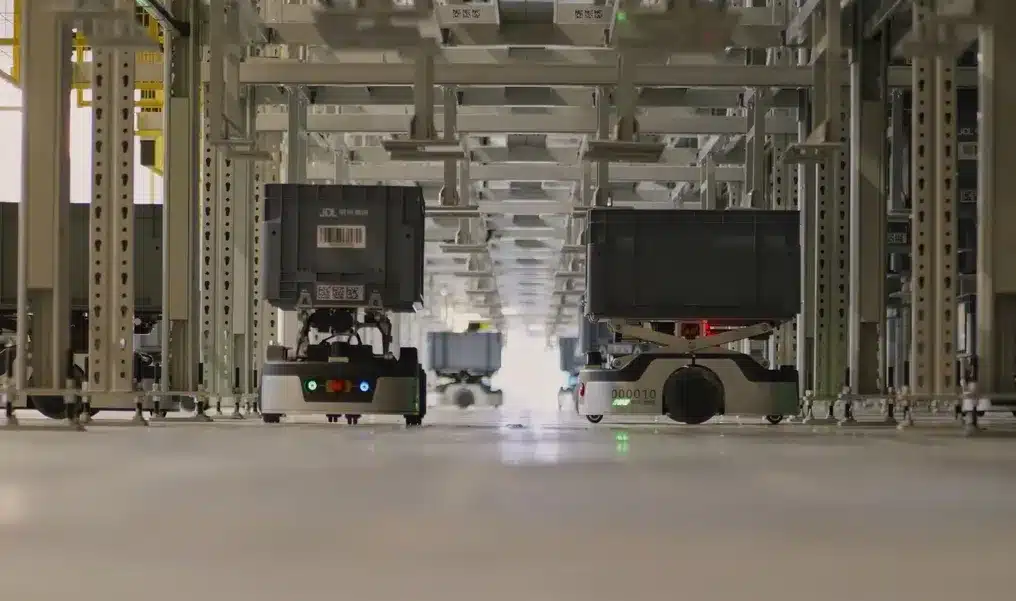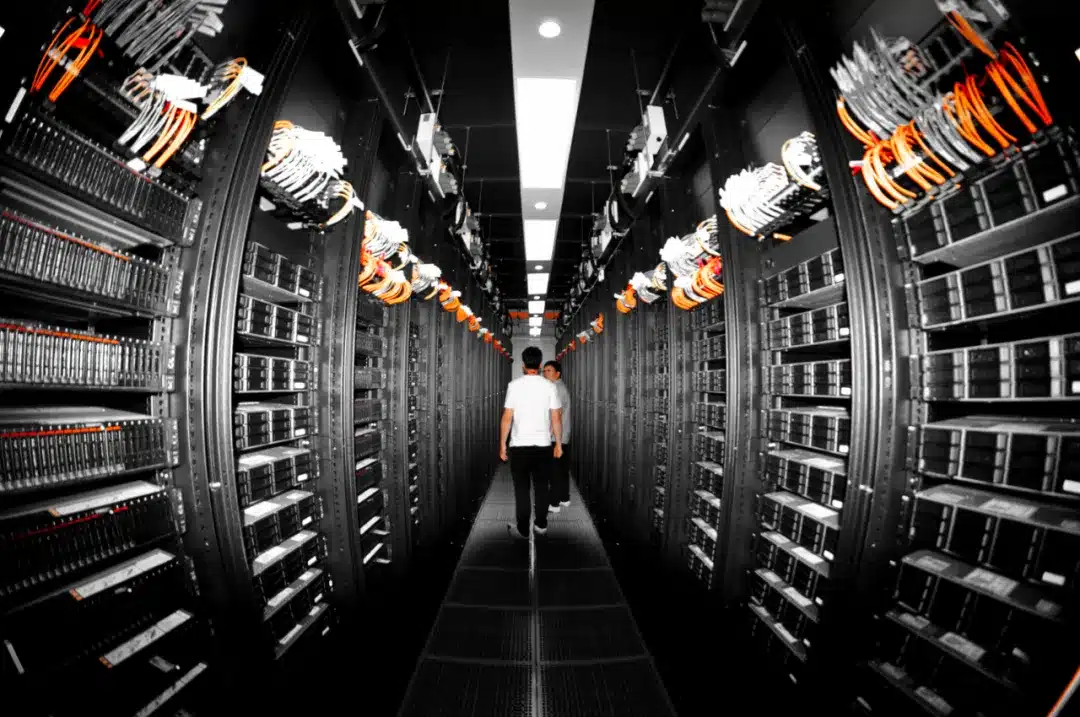Mar 24, 2020|
JD Big Data: New Type of Work Resumption; New Consumption of Telecommuting Supplies and Electric Lunch Boxes
by Yuchuan Wang and Ella Kidron
On March 23rd, JD Big Data Research Institute released its report, “A Glance at Work Resumption Trends through Consumption Data”. The report analyzed sales data on JD.com from more than 40 major cities in China, together with sales data from key cities’ business or financial centers, industrial parks and office buildings (referred to below as “office districts”). The report shows:
- Beginning in late February, the growth rate of consumption driven by work resumption peaked, while consumption of remote education-related devices appeared earlier.
- Nationwide consumption patterns have changed in step with gradual work resumption. In early and middle February, growth was mainly driven by remote conferencing audio or video equipment while electric lunch boxes increased the fastest in late February. In early March, sales of mobile phones, home appliances and computers increased significantly.
- Consumption growth driven by work resumption is particularly obvious in southern China where, apart from Beijing, Shanghai, Guangzhou and Shenzhen, the recovery of the offline economy is the fastest among all capital cities. Some trends differ by city, which speaks to the individual characteristics of local industry.
Nationwide resumption – From “work from home” to “back to the office”
According to JD’s consumption data, the large-scale resumption of work began in early February, when telecommuting was dominant. During that period, sales of conferencing audio and video equipment increased nearly 20 times compared with the same period last year. In mid-February, sales increased by another 47% compared with February 1-10, when growth started to gradually stabilize. In early March, sales increased by 40% compared with early February.
With a large amount of white-collar workers returning to the office, sales of peripheral products (such as keyboard, mouse, etc.) on JD increased by 54% in early March compared with the same period in early February, while the sales of network-related products increased by 57%. While demand for these products peaked in mid-February, and since then demand has gradually stabilized, the demand for peripheral products saw a new round of growth in early March. Sales of computers including laptops increased by 48% in mid-February month-on-month and has stabilized since then.
Demand for car-use portable power banks increased the fastest in mid-February, indicating that many Chinese consumers began to travel by personal car following over 20 days of staying at home. JD’s data also shows that the demand from northern China is generally 40% higher than in southern China.
At the same time, demand for electric lunch boxes peaked in late February with a month-on-month growth rate of 528% in sales.
Work resumption differs by region
As the center of the internet economy, many technology enterprises in Beijing have taken the lead in implementing remote work and video conferencing. In Beijing, the consumption growth rate of telecommunicating-related products month-on-month is higher than the average of nationwide consumption.
Work resumption efficiency in Jiangsu, Zhejiang and Shanghai exceeds that of other regions. For example, sales of office supplies in Hangzhou city, Zhejiang province, increased 94.6% in early March compared with the same period in February. In Nanjing and Suzhou, both in Jiangsu province, sales increased 70% and 50% respectively, surpassing the national average.
As the center of China’s manufacturing industry, the South China/Pearl River Delta Region’s resumption efficiency is also leading in the country with sales of office supplies at the beginning of March more than 50% as compared with the start of February. As JD data shows, in early February, work resumption-related sales had already peaked in Guangzhou and Shenzhen. For example, the growth rates of sales of office services products in Guangzhou and Shenzhen in February reached an all-time high since the epidemic, and the growth rate of most of office supply products month-on-month peaked in mid-February. In March, sales growth has stabilized.
In key cities in southwest China, including Chengdu and Chongqing, sales of cash registers at the beginning of March increased five times, compared with the beginning of February, indicating the fast resumption of physical retail in the region.
Looking at northwest China and taking Xi’an as an example, sales growth of remote work-related items was not as noticeable as in the east of the country. However, requests related to the resumption of business offline continued to increase. It’s worth noting that in the entire city of Xian, sales increase of cash registers used by shops since mid-February compared with the beginning of February reached 48% month-on-month and by 100% month-on-month in the second half of the month, leading the national average.
Northeast China also demonstrated an increased in offline work resumption-related demand. For example, at the beginning of March, there was an eight-fold month-on-month increase in sales of cash registers in Shenyang. In Changchun, electric lunch boxes increased over 80% month-on-month, and in Dalian, telecommunications items increased over 30% month-on-month.
Office district consumption increase:
At the same time, JD’s Big Data Research Instituted also specifically looked at key office districts in some cities and found that the month-on-month growth rate of office supplies, offline merchandising related products and services, was significantly higher than the average of 40 cities. In the office districts of eight key cities, Nanjing, Beijing, Shanghai, Shenzhen, Suzhou, Xi’an, Chengdu and Chongqing, at the beginning of March, transaction volume month-on-month as compared with the beginning of February for cash registers increased 210%, repair services increased 524%, telecommunications doubled, peripheral products increased 73%, internet related products increased 93% and conference audio and video equipment increased 63%.
Slightly different as compared the trend of the national average data, the consumption growth rate month-on-month of the office districts in the seven cities for 10 days is V-shaped. Consumption peaked in mid-February, and at the end of February grown gradually fell up until the beginning of March where consumption then increased. To a certain extent, this shows that the rate of work resumption at the beginning of March compared with the month of February substantially higher. People also already resumed the habit of picking up delivery parcels at their offices.
Offline economy and remote education demands increase
As one of the key indicators of offline merchandise resumption, cash register sales started to increase from the beginning of February, and at the beginning of March, was 68% higher than that in early February.
In addition, in February, the transaction volume of renovation services increased by 263% month-on-month. At the same time, construction/infrastructure materials increased by 33% month-on-month in mid-February, indicating that many consulted online renovation services and placed orders. It is reported that during the epidemic “JD Home” channel helped designers from Dabanjia, B&Q, Boloni and other well-known high quality design and renovation service merchants provide free online design services to 100,000 families via the JD Live platform. In February, JD Home promoted over 1000 renovation and design live streams.
At the same time, during the epidemic period, JD Home selected 18 “renovation alliance quality merchants”, including numerous offline stores to provide renovation consultation and quotes, with a three-month insurance service. Spring is typically peak season for renovation, and with the gradual alleviation of the epidemic, the full resumption of work in the renovation industry is just around the corner.
Since primary and middle schools across the country resumed classes remotely in early and mid-February, the related consumption also increased earlier. In early-February, transaction volume of laptops and student/education-related laptops increased 77% YOY and 95% YOY respectively. In addition, the education books for young children category under JD books was four times that of the same period last year based on the lunar calendar, handicraft and game related books increased nearly 200% YOY, and preschool education books up nearly 100% YOY.
APPENDIX: Definitions:
Office supplies: Fax equipment, printers, computer equipment, computer components, service products (including remote services, anti-virus software, office / computer / education software, extended warranty services, etc.) conference audio and video, toner, projects, network products (including routers, network storage, wireless internet access, switches, etc.) peripheral products (keyboard and mouse, UPS power supply, mobile hard disk, etc.), stationery etc.
Personal travel supplies: Car jump starters, electric lunch boxes, convenience food, raincoats, telecommuncations, etc.
Offline business related: Construction/infrastructure materials, cash registers, decoration services, etc.
View the original report in Chinese here.









 JD Worldwide to Help Brands Turn 1000+ New Products into Hot Sellers
JD Worldwide to Help Brands Turn 1000+ New Products into Hot Sellers



